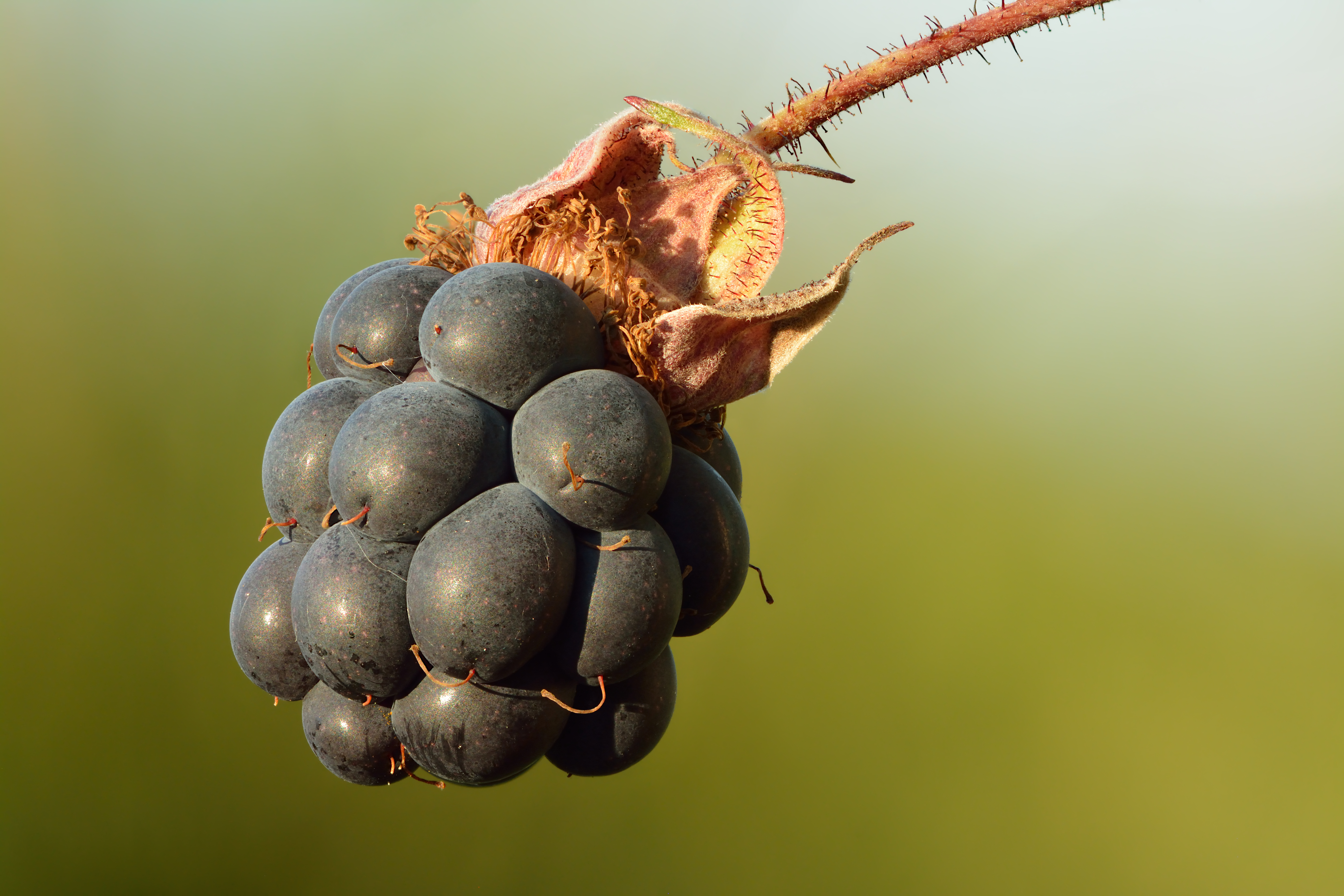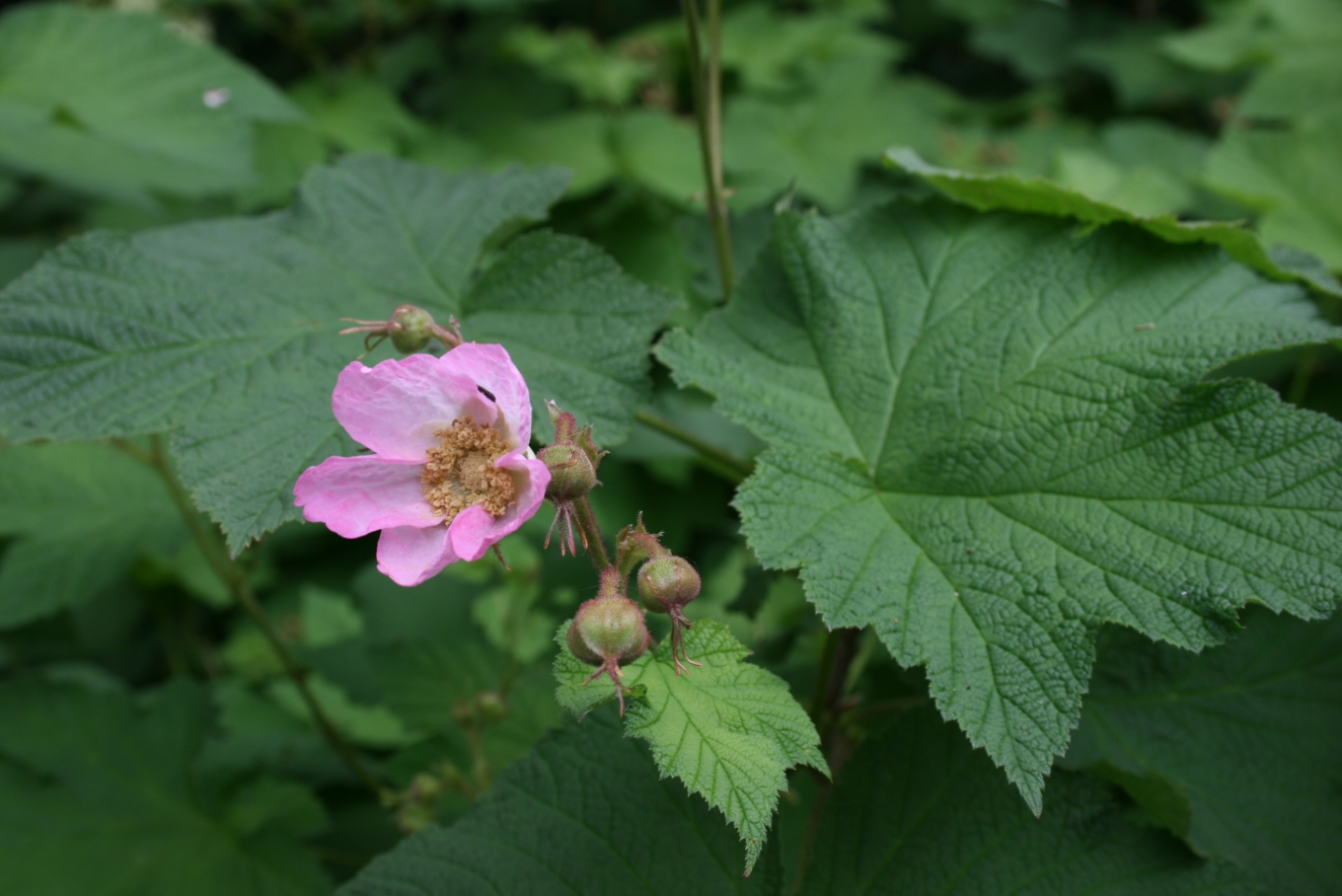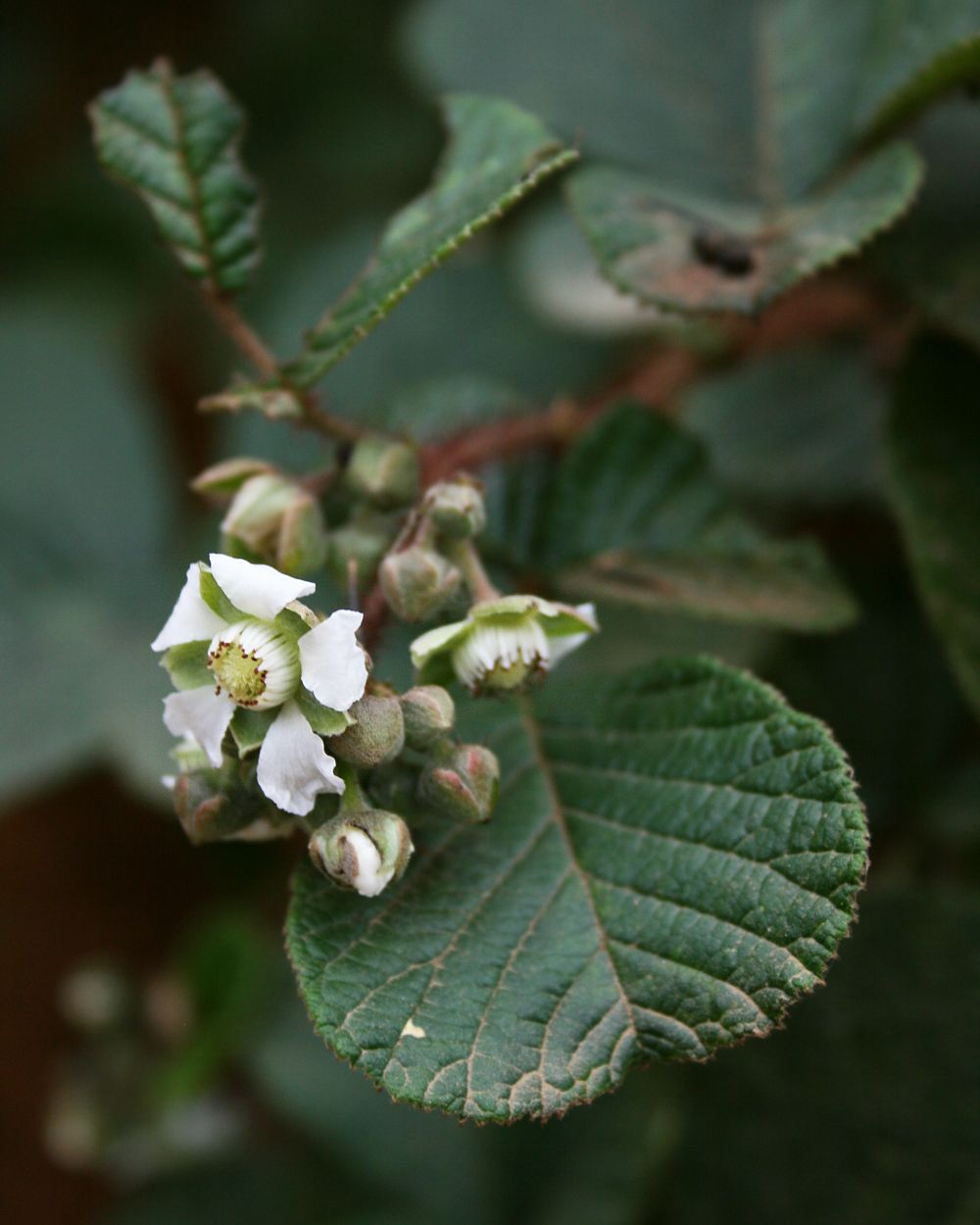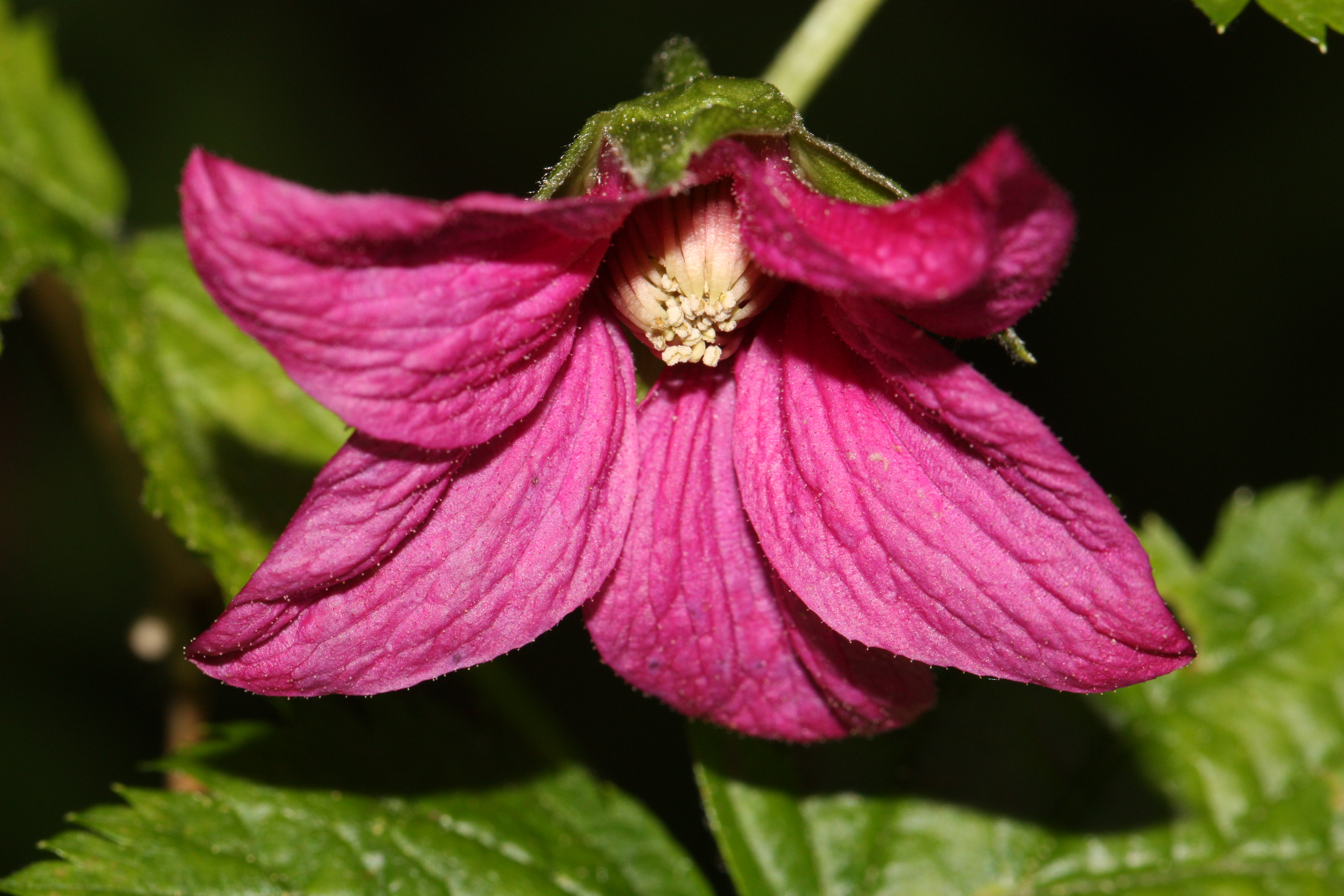Rubus Saxatile on:
[Wikipedia]
[Google]
[Amazon]
''Rubus'' is a large and diverse









 Better-known species of ''Rubus'' include:
*''Rubus aboriginum'' – garden dewberry
*''Rubus allegheniensis'' – Allegheny blackberry
*''Rubus arcticus'' – Arctic raspberry
*''Rubus argutus''-sawtooth raspberry
*''Rubus armeniacus'' – Himalayan blackberry
*''Rubus caesius'' – European dewberry
*''Rubus canadensis'' – smooth blackberry
*''Rubus chamaemorus'' – cloudberry
*''Rubus cockburnianus'' – white-stemmed bramble
*''Rubus coreanus'' – bokbunja
*''Rubus crataegifolius''
*''Rubus deliciosus''
*''Rubus domingensis''
*''Rubus ellipticus''
*''Rubus flagellaris'' – northern dewberry
*''Rubus fraxinifolius'' – mountain raspberry
*''Rubus glaucus''
*''Rubus hawaiensis''
*''Rubus hispidus'' – swamp dewberry
*''Rubus idaeus'' – red raspberry
*''Rubus illecebrosus''
*''Rubus laciniatus'' – cut-leaved blackberry
*''Rubus leucodermis'' – whitebark raspberry
*''Rubus moluccanus''
*''Rubus nepalensis''
*''Rubus nivalis'' – snow raspberry
*''Rubus niveus''
*''Rubus occidentalis'' – black raspberry
*''Rubus odoratus'' – purple-flowered raspberry
*''Rubus parviflorus'' – thimbleberry
*''Rubus pedatus''
*''Rubus pensilvanicus'' – Pennsylvania blackberry
*''Rubus phoenicolasius'' – wineberry
*''Rubus probus''
*''Rubus pubescens'' – dwarf raspberry
*''Rubus rosifolius''
*''Rubus saxatilis'' – stone bramble
*''Rubus spectabilis'' – salmonberry
*''Rubus tricolor''
*''Rubus trivialis'' – Southern dewberry
*''Rubus ulmifolius'' – elm-leaved blackberry
*''Rubus ursinus'' – trailing blackberry
*''Rubus vestitus'' – European blackberry
A more complete subdivision is as follows:
Better-known species of ''Rubus'' include:
*''Rubus aboriginum'' – garden dewberry
*''Rubus allegheniensis'' – Allegheny blackberry
*''Rubus arcticus'' – Arctic raspberry
*''Rubus argutus''-sawtooth raspberry
*''Rubus armeniacus'' – Himalayan blackberry
*''Rubus caesius'' – European dewberry
*''Rubus canadensis'' – smooth blackberry
*''Rubus chamaemorus'' – cloudberry
*''Rubus cockburnianus'' – white-stemmed bramble
*''Rubus coreanus'' – bokbunja
*''Rubus crataegifolius''
*''Rubus deliciosus''
*''Rubus domingensis''
*''Rubus ellipticus''
*''Rubus flagellaris'' – northern dewberry
*''Rubus fraxinifolius'' – mountain raspberry
*''Rubus glaucus''
*''Rubus hawaiensis''
*''Rubus hispidus'' – swamp dewberry
*''Rubus idaeus'' – red raspberry
*''Rubus illecebrosus''
*''Rubus laciniatus'' – cut-leaved blackberry
*''Rubus leucodermis'' – whitebark raspberry
*''Rubus moluccanus''
*''Rubus nepalensis''
*''Rubus nivalis'' – snow raspberry
*''Rubus niveus''
*''Rubus occidentalis'' – black raspberry
*''Rubus odoratus'' – purple-flowered raspberry
*''Rubus parviflorus'' – thimbleberry
*''Rubus pedatus''
*''Rubus pensilvanicus'' – Pennsylvania blackberry
*''Rubus phoenicolasius'' – wineberry
*''Rubus probus''
*''Rubus pubescens'' – dwarf raspberry
*''Rubus rosifolius''
*''Rubus saxatilis'' – stone bramble
*''Rubus spectabilis'' – salmonberry
*''Rubus tricolor''
*''Rubus trivialis'' – Southern dewberry
*''Rubus ulmifolius'' – elm-leaved blackberry
*''Rubus ursinus'' – trailing blackberry
*''Rubus vestitus'' – European blackberry
A more complete subdivision is as follows:
''Rubus''
at the Western Kentucky University {{Authority control Rubus, Rosaceae genera Subshrubs Extant Eocene first appearances
genus
Genus (; : genera ) is a taxonomic rank above species and below family (taxonomy), family as used in the biological classification of extant taxon, living and fossil organisms as well as Virus classification#ICTV classification, viruses. In bino ...
of flowering plants in the rose family, Rosaceae
Rosaceae (), the rose family, is a family of flowering plants that includes 4,828 known species in 91 genera.
The name is derived from the type genus '' Rosa''. The family includes herbs, shrubs, and trees. Most species are deciduous, but som ...
, subfamily Rosoideae
The rose subfamily Rosoideae consists of more than 850 species, including many shrubs, perennial herbs, and fruit plants such as strawberries and brambles. Only a few are annual herbs.
The circumscription of the Rosoideae is still not wholly ce ...
, most commonly known as brambles. Fruits of various species are known as raspberries
The raspberry is the edible fruit of several plant species in the genus ''Rubus'' of the Rosaceae, rose family, most of which are in the subgenus ''Rubus#Modern classification, Idaeobatus''. The name also applies to these plants themselves. Ras ...
, blackberries
BlackBerry is a discontinued brand of handheld devices and related mobile services, originally developed and maintained by the Canadian company Research In Motion (RIM, later known as BlackBerry Limited) until 2016. The first BlackBerry device ...
, dewberries
The dewberries are a group of species in the genus ''Rubus'', section ''Rubus'', closely related to the Blackberry, blackberries. They are small, trailing (rather than upright or high-arching) Rubus, brambles with aggregate fruits, reminiscen ...
, and bristleberries. It is a diverse genus, with the estimated number of ''Rubus'' species varying from 250 to over 1000, found across all continents except Antarctica.
Most of these plants have woody stems with prickles like roses; spines, bristles, and gland-tipped hairs are also common in the genus. The ''Rubus'' fruit
In botany, a fruit is the seed-bearing structure in flowering plants (angiosperms) that is formed from the ovary after flowering.
Fruits are the means by which angiosperms disseminate their seeds. Edible fruits in particular have long propaga ...
, sometimes called a bramble fruit, is an aggregate of drupelet
In botany, a drupe (or stone fruit) is a type of fruit in which an outer fleshy part (exocarp, or skin, and mesocarp, or flesh) surrounds a single shell (the ''pip'' (UK), ''pit'' (US), ''stone'', or ''pyrena'') of hardened endocarp with a seed ...
s. The term ''cane fruit'' or ''cane berry'' applies to any ''Rubus'' species or hybrid
Hybrid may refer to:
Science
* Hybrid (biology), an offspring resulting from cross-breeding
** Hybrid grape, grape varieties produced by cross-breeding two ''Vitis'' species
** Hybridity, the property of a hybrid plant which is a union of two diff ...
which is commonly grown with supports such as wires or canes, including raspberries, blackberries, and hybrids such as loganberry
The loganberry (''Rubus'' × ''loganobaccus'') is a hybrid of the North American blackberry ('' Rubus ursinus'') and the European raspberry (''Rubus idaeus''), accidentally bred in 1881 by James Harvey Logan, for whom they are named. They are ...
, boysenberry
The boysenberry is a cross between the European raspberry (''Rubus idaeus''), European blackberry ('' Rubus fruticosus''), American dewberry ('' Rubus aboriginum''), and loganberry (''Rubus'' × ''loganobaccus'').
Description
Boysenberrie ...
, marionberry and tayberry. The stems of such plants are also referred to as ''canes''.
Description
Bramble bushes typically grow as shrubs (though a few are Herbaceous plant, herbaceous), with their stems being typically covered in sharp Thorns, spines, and prickles, prickles. They grow long, arching shoots that readily root upon contact with soil, and form a soil rootstock from which new shoots grow in the spring. The leaves are either evergreen or deciduous, and Simple leaf, simple, lobed, or Compound leaf, compound. The shoots typically do not flower or setfruit
In botany, a fruit is the seed-bearing structure in flowering plants (angiosperms) that is formed from the ovary after flowering.
Fruits are the means by which angiosperms disseminate their seeds. Edible fruits in particular have long propaga ...
until the second year of growth (i.e. they are Biennial plant, biennial). The rootstock is Perennial plant, perennial. Most species are plant sexuality, hermaphrodites with male and female parts being present on the same flower. Bramble fruits are Fruit#Aggregate fruit, aggregate fruits formed from smaller units called drupelets.
Around 60-70% of species of ''Rubus'' are Polyploidy, polyploid (having more than two copies of each chromosome), with species ranging in ploidy from diploid (2x, with 14 chromosomes) to tetradecaploid (14x).
Taxonomy
Modern classification
''Rubus'' is the only genus in the tribe Rubeae. ''Rubus'' is very complex, particularly within the blackberry/dewberry subgenus (''Rubus''), with polyploidy, Hybrid (biology), hybridization, and facultative apomixis apparently all frequently occurring, making species Taxonomy (biology), classification of the great variation in the subgenus one of the grand challenges of systematic botany. In publications between 1910 and 1914, German botanist Wilhelm Olbers Focke attempted to organize the genus into 12 subgenera, a classification system that since became widely accepted, though modern genetic studies have found that many of these subgenera are not monophyletic. Some treatments have recognized dozens of species each for what other, comparably qualified botanists have considered single, more variable species. On the other hand, species in the other ''Rubus'' subgenera (such as the raspberries) are generally distinct, or else involved in more routine one-or-a-few taxonomic debates, such as whether the European and American red raspberries are better treated as one species or two (in this case, the two-species view is followed here, with ''Rubus idaeus, R. idaeus'' and ''Rubus strigosus, R. strigosus'' both recognized; if these species are combined, then the older name ''R. idaeus'' has priority for the broader species). The classification presented below recognizes 13 subgenera within ''Rubus'', with the largest subgenus (''Rubus'') in turn divided into 12 Section (botany), sections. Representative examples are presented, but many more species are not mentioned here. A comprehensive 2019 study found subgenera ''Orobatus'' and ''Anoplobatus'' to be monophyletic, while all other subgenera to be paraphyletic or polyphyletic.Phylogeny
The genus has a likely North American origin, with fossils known from the Eocene-aged Florissant Formation of Colorado, around 34 million years old. ''Rubus'' expanded into Eurasia, South America, and Oceania during the Miocene. Fossil seeds from the early Miocene of ''Rubus'' have been found in the Czech Republic, Czech part of the Zittau Basin. Many fossil fruits of †''Rubus laticostatus'', †''Rubus microspermus'' and †''Rubus semirotundatus'' have been extracted from bore hole samples of the Middle Miocene fresh water deposits in Nowy Sacz Basin, West Carpathians, Poland. Molecular data have backed up classifications based on geography and chromosome number, but following Plant morphology, morphological data, such as the structure of the leaves and stems, do not appear to produce a phylogenetic classification.Species







 Better-known species of ''Rubus'' include:
*''Rubus aboriginum'' – garden dewberry
*''Rubus allegheniensis'' – Allegheny blackberry
*''Rubus arcticus'' – Arctic raspberry
*''Rubus argutus''-sawtooth raspberry
*''Rubus armeniacus'' – Himalayan blackberry
*''Rubus caesius'' – European dewberry
*''Rubus canadensis'' – smooth blackberry
*''Rubus chamaemorus'' – cloudberry
*''Rubus cockburnianus'' – white-stemmed bramble
*''Rubus coreanus'' – bokbunja
*''Rubus crataegifolius''
*''Rubus deliciosus''
*''Rubus domingensis''
*''Rubus ellipticus''
*''Rubus flagellaris'' – northern dewberry
*''Rubus fraxinifolius'' – mountain raspberry
*''Rubus glaucus''
*''Rubus hawaiensis''
*''Rubus hispidus'' – swamp dewberry
*''Rubus idaeus'' – red raspberry
*''Rubus illecebrosus''
*''Rubus laciniatus'' – cut-leaved blackberry
*''Rubus leucodermis'' – whitebark raspberry
*''Rubus moluccanus''
*''Rubus nepalensis''
*''Rubus nivalis'' – snow raspberry
*''Rubus niveus''
*''Rubus occidentalis'' – black raspberry
*''Rubus odoratus'' – purple-flowered raspberry
*''Rubus parviflorus'' – thimbleberry
*''Rubus pedatus''
*''Rubus pensilvanicus'' – Pennsylvania blackberry
*''Rubus phoenicolasius'' – wineberry
*''Rubus probus''
*''Rubus pubescens'' – dwarf raspberry
*''Rubus rosifolius''
*''Rubus saxatilis'' – stone bramble
*''Rubus spectabilis'' – salmonberry
*''Rubus tricolor''
*''Rubus trivialis'' – Southern dewberry
*''Rubus ulmifolius'' – elm-leaved blackberry
*''Rubus ursinus'' – trailing blackberry
*''Rubus vestitus'' – European blackberry
A more complete subdivision is as follows:
Better-known species of ''Rubus'' include:
*''Rubus aboriginum'' – garden dewberry
*''Rubus allegheniensis'' – Allegheny blackberry
*''Rubus arcticus'' – Arctic raspberry
*''Rubus argutus''-sawtooth raspberry
*''Rubus armeniacus'' – Himalayan blackberry
*''Rubus caesius'' – European dewberry
*''Rubus canadensis'' – smooth blackberry
*''Rubus chamaemorus'' – cloudberry
*''Rubus cockburnianus'' – white-stemmed bramble
*''Rubus coreanus'' – bokbunja
*''Rubus crataegifolius''
*''Rubus deliciosus''
*''Rubus domingensis''
*''Rubus ellipticus''
*''Rubus flagellaris'' – northern dewberry
*''Rubus fraxinifolius'' – mountain raspberry
*''Rubus glaucus''
*''Rubus hawaiensis''
*''Rubus hispidus'' – swamp dewberry
*''Rubus idaeus'' – red raspberry
*''Rubus illecebrosus''
*''Rubus laciniatus'' – cut-leaved blackberry
*''Rubus leucodermis'' – whitebark raspberry
*''Rubus moluccanus''
*''Rubus nepalensis''
*''Rubus nivalis'' – snow raspberry
*''Rubus niveus''
*''Rubus occidentalis'' – black raspberry
*''Rubus odoratus'' – purple-flowered raspberry
*''Rubus parviflorus'' – thimbleberry
*''Rubus pedatus''
*''Rubus pensilvanicus'' – Pennsylvania blackberry
*''Rubus phoenicolasius'' – wineberry
*''Rubus probus''
*''Rubus pubescens'' – dwarf raspberry
*''Rubus rosifolius''
*''Rubus saxatilis'' – stone bramble
*''Rubus spectabilis'' – salmonberry
*''Rubus tricolor''
*''Rubus trivialis'' – Southern dewberry
*''Rubus ulmifolius'' – elm-leaved blackberry
*''Rubus ursinus'' – trailing blackberry
*''Rubus vestitus'' – European blackberry
A more complete subdivision is as follows:
Hybrid berries
The term "hybrid berry" is often used collectively for those fruits in the genus ''Rubus'' which have been developed mainly in the U.S. and U.K. in the last 130 years. As ''Rubus'' species readily interbreed and are apomicts (able to set seed without fertilisation), the parentage of these plants is often highly complex, but is generally agreed to include cultivars of blackberries (''R. ursinus'', ''R. fruticosus'') and raspberries (''R. idaeus''). The British National Collection of ''Rubus'' stands at over 200 species and, although not within the scope of the National Collection, also hold many cultivars. The hybrid berries include:- *loganberry
The loganberry (''Rubus'' × ''loganobaccus'') is a hybrid of the North American blackberry ('' Rubus ursinus'') and the European raspberry (''Rubus idaeus''), accidentally bred in 1881 by James Harvey Logan, for whom they are named. They are ...
(California, U.S., 1883) ''R.'' ×''loganobaccus'', a spontaneous hybrid between ''R. ursinus'' 'Aughinbaugh' and ''R. idaeus'' 'Red Antwerp'
* boysenberry
The boysenberry is a cross between the European raspberry (''Rubus idaeus''), European blackberry ('' Rubus fruticosus''), American dewberry ('' Rubus aboriginum''), and loganberry (''Rubus'' × ''loganobaccus'').
Description
Boysenberrie ...
(U.S., 1920s) a hybrid between ''R. idaeus'' and ''R.'' × ''loganobaccus''
* nectarberry Suspected variant of boysenberry, a hybrid between ''R. idaeus'' and ''R.'' × ''loganobaccus''
* olallieberry (U.S., 1930s) a hybrid between the loganberry and youngberry, themselves both hybrid berries
* veitchberry (Europe, 1930s) a hybrid between ''R. fruticosus'' and ''R. idaeus''
* skellyberry (Texas, U.S., 2000s), a hybrid between ''R. invisus'' and ''R. phoenicolasius''
* marionberry (1956) now thought to be a blackberry cultivar ''R.'' 'Marion'
* silvanberry, ''R.'' 'Silvan', a hybrid between ''R.'' 'Marion' and the boysenberry
* tayberry (Dundee, Scotland, 1979), another blackberry/raspberry hybrid
* tummelberry, ''R.'' 'Tummel', from the same Scottish breeding programme as the tayberry
* hildaberry (1980s), a tayberry/boysenberry hybrid discovered by an amateur grower
* youngberry, a complex hybrid of raspberries, blackberries, and dewberries
Etymology
The generic name means blackberry in Latin and was derived from the word ''ruber'', meaning "red". The blackberries, as well as various other ''Rubus'' species with mounding or rambling growth habits, are often called brambles. However, this name is not used for those like the raspberry that grow as upright canes, or for trailing or prostrate species, such as most dewberries, or various low-growing boreal, arctic, or alpine species. The scientific study of brambles is known as "wikt:batology, batology". "Bramble" comes from Old English ''bræmbel'', a variant of ''bræmel''.See also
* Mulberry, an unrelated deciduous tree with similar looking fruitReferences
External links
*''Rubus''
at the Western Kentucky University {{Authority control Rubus, Rosaceae genera Subshrubs Extant Eocene first appearances